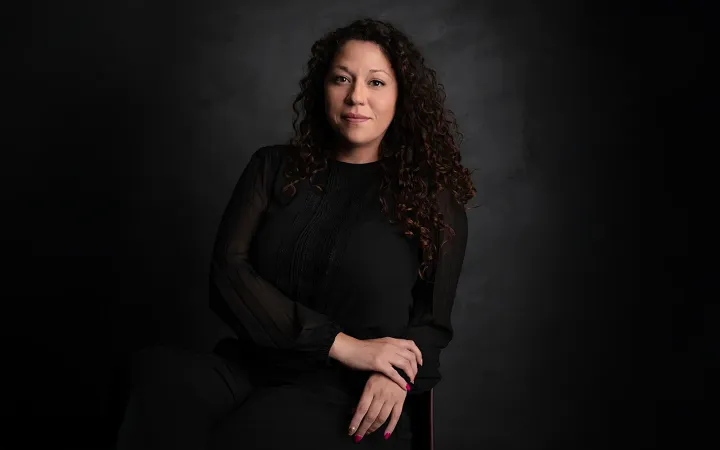Por Nelly Segura
"Ya no estorben", "lo peor de México", "gente sucia", "gente fea". Me quedé fría al leer estos comentarios sobre la peregrinación mazahua-otomí que visita la Ciudad de México. No por sorpresa, sino por la crudeza con la que algunos desprecian lo que no entienden, lo que no encaja en su visión de modernidad y limpieza. Gente que nunca ha cargado más que una maleta con ruedas en el aeropuerto se atreve a llamar "basura" a los peregrinos que caminan kilómetros, a tratarlos como un estorbo en la ciudad que, irónicamente, presume de ser "cosmopolita y diversa".
Desde hace más de 80 años, las comunidades mazahuas y otomíes del Estado de México caminan hacia la Basílica de Guadalupe. Lo hacen con alegría, con devoción y con la certeza de que esta tradición se hereda. Dos veces al año, cerca de 40 mil personas en una ocasión y 30 mil en otra, avanzan por la Ciudad de México en un acto de resistencia y fe. Su paso conmueve, sin importar las creencias, porque es el reflejo de un México profundo, donde la fe y la identidad van de la mano. Los originarios de Cuajimalpa y otras zonas por donde pasan los peregrinos ya están acostumbrados, e incluso los reciben con cariño, con agua, comida y palabras de ánimo. Son aquellos "nuevos" habitantes, los que llegaron con la gentrificación, quienes no pueden soportar cambiar ligeramente su día a día por una tradición tan arraigada y significativa.
En redes sociales, en esos espacios donde la gentrificación no solo es inmobiliaria sino también cultural, los comentarios son ignorantes y crueles:




